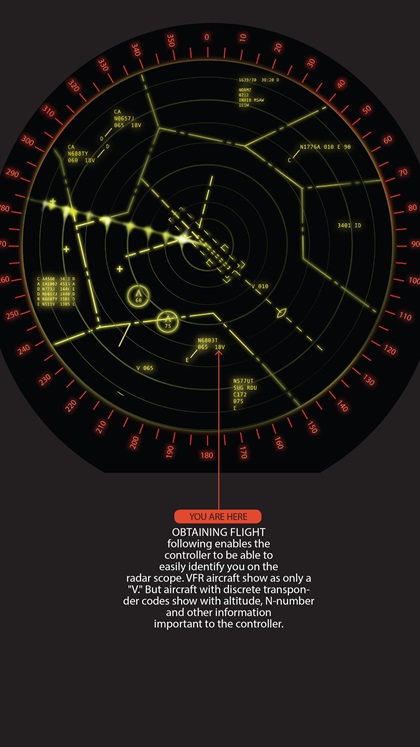
 Flight following—the pilots’ vernacular for VFR traffic advisories—is a useful tool for making your way through the National Airspace System. On a VFR flight, you can ask air traffic control to watch for other traffic in your vicinity. As ATC’s primary responsibility is to maintain separation for IFR traffic, flight following is available to VFR pilots on a workload-permitting basis.
Flight following—the pilots’ vernacular for VFR traffic advisories—is a useful tool for making your way through the National Airspace System. On a VFR flight, you can ask air traffic control to watch for other traffic in your vicinity. As ATC’s primary responsibility is to maintain separation for IFR traffic, flight following is available to VFR pilots on a workload-permitting basis.
Your responsibilities as PIC
For all the safety that it provides, flight following does not relieve you of the responsibility to see and avoid other aircraft. And it does not mean you can sail blithely into Class B or Class C airspace, even if you have been in contact with ATC. Know the boundaries of Class B and C areas as well as the location of restricted and prohibited airspace.
File a flight plan anyway
Many pilots have been known to say, “I don’t file a flight plan. I get flight following.” You should still file and open a flight plan even if you are planning to request VFR traffic advisories, for a couple of very good reasons. You might not get flight following once you launch, especially in or near busy airspace. Also, flight following does not guarantee search and rescue services. If you were to fly out of a sector’s radar coverage area and something happens, who would know where you are?

How to find contact info
You can find the best radar facility to call for flight following on the sectional chart or in the Airport/Facility Directory.



